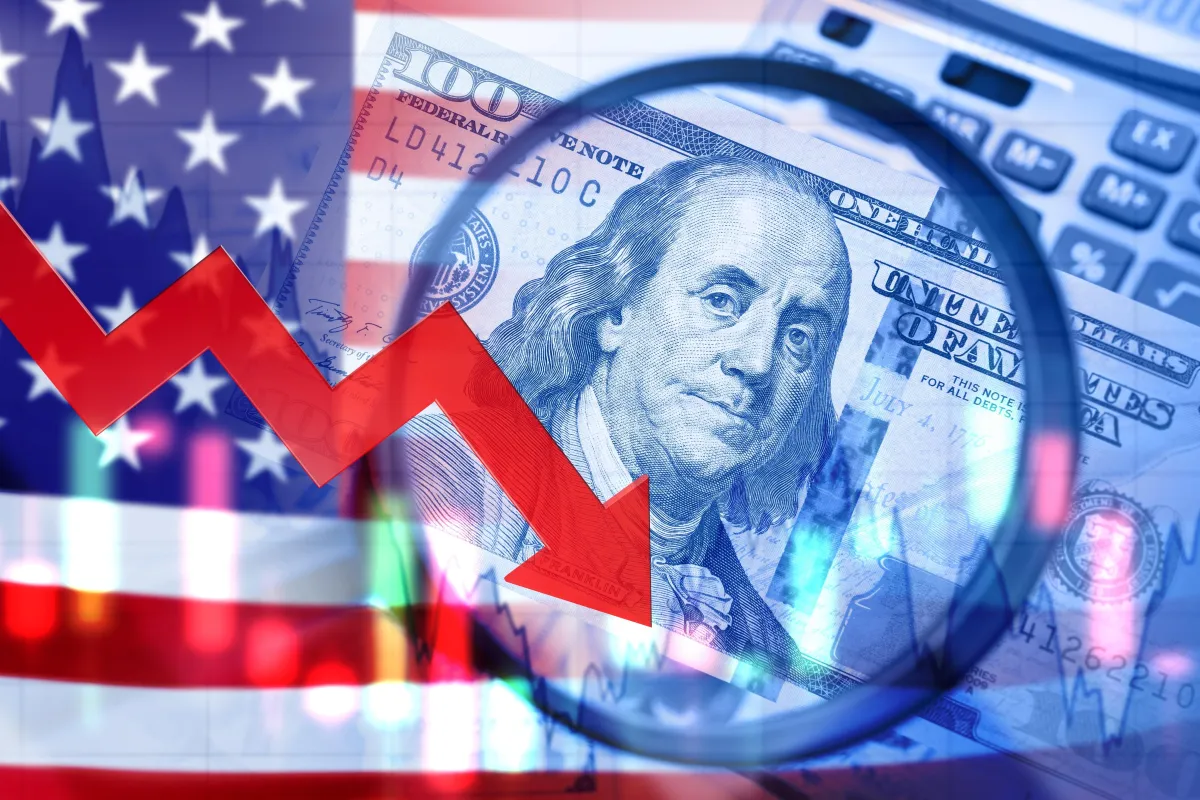
This Highly Accurate Recession Indicator is Sounding the Alarm
A Reliable Predictor: The Schannep Recession Indicator
A recession is looming, according to the Schannep Recession Indicator (SRI), a trusted economic tool. This assertion comes from Jack Schannep, the former editor of TheDowTheory.com investment newsletter, who developed the SRI in 2000. The indicator, which relies on trends in the U.S. unemployment rate, has a strong track record for predicting recessions.

Understanding the Schannep Recession Indicator
The SRI is based on the three-month moving average of the unemployment rate. It signals a recession when this average increases by at least 0.4 percentage points from its prior cyclical low. The latest signal was triggered on June 7, following the report of May’s unemployment rate of 4.0%, which brought the three-month moving average to 3.9%. This is 0.4 percentage points higher than where it stood in April of last year.
Historical Accuracy
Since 1946, the U.S. has experienced 12 recessions, all identified by the SRI, according to Manuel Blay, Schannep’s successor. The SRI has only issued one false signal—in October 1959, six months before the recession that started in April 1960. This impressive track record underscores the SRI’s reliability.
Comparison with the Sahm Rule
The SRI shares similarities with the Sahm Rule, introduced in 2019 by former Federal Reserve economist Claudia Sahm. However, the Sahm Rule requires a 0.5 percentage point increase in the three-month moving average of the unemployment rate compared to its trailing 12-month low. In contrast, the SRI triggers at a 0.4 percentage point increase and compares the average to the most recent cyclical low, which could be more than 12 months old. Currently, the Sahm Rule has not indicated an imminent recession, but the SRI suggests otherwise.
The Importance of Timely Recession Indicators
Recessions are notoriously difficult to predict, and the National Bureau of Economic Research (NBER) often takes months or even years to declare a recession. For instance, the NBER announced that the recession accompanying the Global Financial Crisis began in December 2007, but this declaration came nearly a year later, in December 2008. The SRI, however, was triggered in early February 2008, just two months into the recession.
Why This Matters
Accurate and timely recession indicators like the SRI are invaluable. Blay notes that the average lag between the onset of a recession and the SRI signal is just 1.58 months. This proximity to real-time prediction allows businesses and investors to make informed decisions, potentially mitigating the impact of economic downturns.
For more insights on economic trends and how to safeguard your investments during recessions, stay connected with Vault Metal. Our expert analysis and market-leading products ensure that you stay ahead of the curve.
Sources:
Mark Hulbert (2024). Market Watch. Available at: https://www.marketwatch.com/story/the-latest-unemployment-report-has-triggered-this-spot-on-recession-indicator-08f2785d

